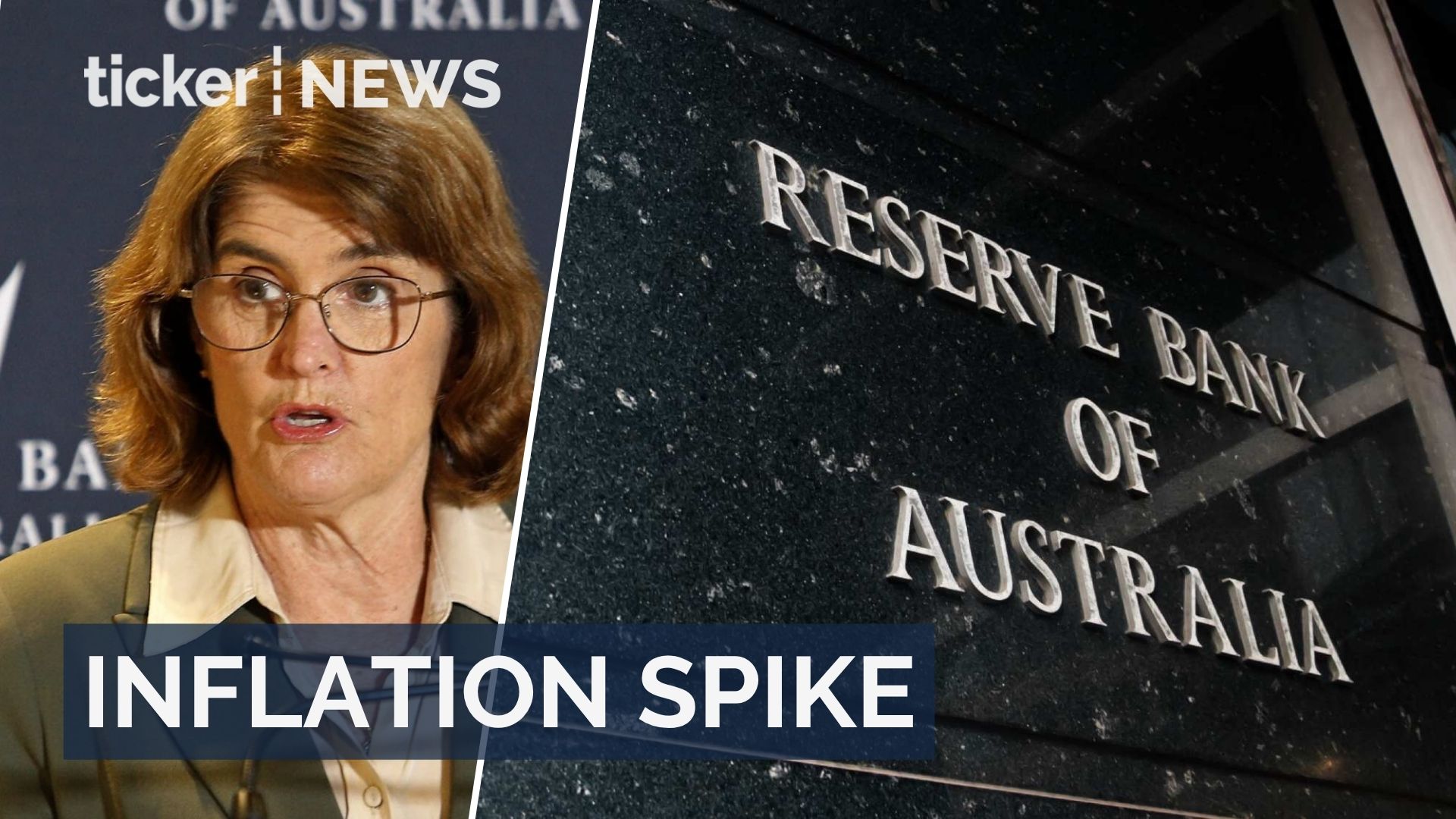

Stephen Whelan, University of Sydney and Luke Hartigan, University of Sydney
House prices continued to rise across Australia in June, recent data shows. Nationally, prices have risen about 38% in the past five years.
Higher housing prices are simply one contributor, albeit a very important one, to the cost of living crisis that Australian households face. Energy prices are another.
Those higher costs of living and the financial stress associated with them are linked to a range of negative outcomes for households, including poor health and wellbeing, greater housing insecurity, and some families having to go without some essential items.
One consequence of house prices that has largely been ignored is their relationship to marriage and divorce.
Divorce rates are at historic lows
The rate of divorce in Australia is at the lowest level since the introduction of no-fault divorce in 1976.
The 1990s recession was also a period of significant financial hardship for households, and divorces rose over that time. Why isn’t this happening now?
Couples may prefer to divorce but can’t for financial reasons.
Why? Put simply, divorce is a decision that brings with it significant costs. The financial implications of divorce could mean couples stay together longer than they’d like to.
Why do people choose to marry or separate?
To understand patterns of divorce, a good place to start is to think about why couples choose to marry, or separate, in the first place.
Economists argue that individuals marry if the expected benefits from marriage exceed the benefits from remaining single.
As new information arises or unexpected outcomes occur, individuals may reassess their beliefs about the expected benefits from being married versus being single.
In turn, we might expect that separation occurs if either partner believes they will be better off outside the marriage than within it, taking into account all costs and constraints.
How housing prices can affect the likelihood of divorce
Research shows that housing prices are closely linked to a range of household behaviours and outcomes, including consumer spending, labour supply and fertility intentions.
Rising housing prices might encourage couples to remain married (or not separate) due to the higher housing costs they would face if they separated.
It is generally cheaper to run a single household where many resources are shared rather than two separate households. This may be thought of as a cost that accompanies higher house prices.


Elias Bitar/Shutterstock
Of course, higher house prices also offer some benefit in the event of separation. For homeowners, the asset held by the couple is more valuable and the wealth each partner may be entitled to is greater. This benefit from separation might encourage couples to separate and divorce.
Our research, presented at the Australian Conference of Economists last week and not yet peer reviewed, addresses this issue. We looked at whether unanticipated changes in the growth of housing prices are related to the likelihood of divorce.
It is important to focus on unanticipated changes in housing prices. Unanticipated changes, or “shocks”, will lead individuals to reassess their decision to stay married, or separate and divorce.
Which factors explain divorce in Australia?
Our research sought to understand the key factors associated with divorce in Australia using the Household, Income and Labour Dynamics in Australia (HILDA) survey.
Not unexpectedly we found couples who share similar traits such as the same religion, education level or place of birth are more likely to remain married. A longer time being married is also linked to couples being less likely to separate. In contrast, partners whose parents had divorced are more likely to separate.
Importantly, the inclusion of housing price shocks into our analysis indicates they have a significant effect on the likelihood of divorce. But the effect differs depending on whether the housing price shock is positive or negative.
For homeowners, lower-than-anticipated housing price growth significantly increases the likelihood of separation. In this case the cost of lower house prices is more important than the benefit of lower house prices. When house prices don’t grow as quickly as anticipated, couples can separate knowing they will not face as large a penalty running separate households.
So what lesson may be drawn from this research and why is a link between housing prices and divorce important?
Our findings indicate higher-than-expected house price growth may be keeping some people in marriages they’d otherwise leave, but don’t, for financial concerns. This is more likely to include women with low education levels, low-income households and older couples.
In some instances, this will have negative consequences. Often those harmful consequences are disproportionately experienced by women and policy settings have a role to play in reducing those effects.
One only needs to look at initiatives such as the Leaving Violence Program. By providing financial support to assist people leaving potentially dangerous relationships, it will alleviate barriers associated with high housing costs that come after separation.![]()
![]()
Stephen Whelan, Associate Professor of Economics, University of Sydney and Luke Hartigan, Lecturer in Economics, University of Sydney
This article is republished from The Conversation under a Creative Commons license. Read the original article.


























